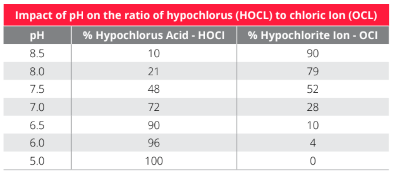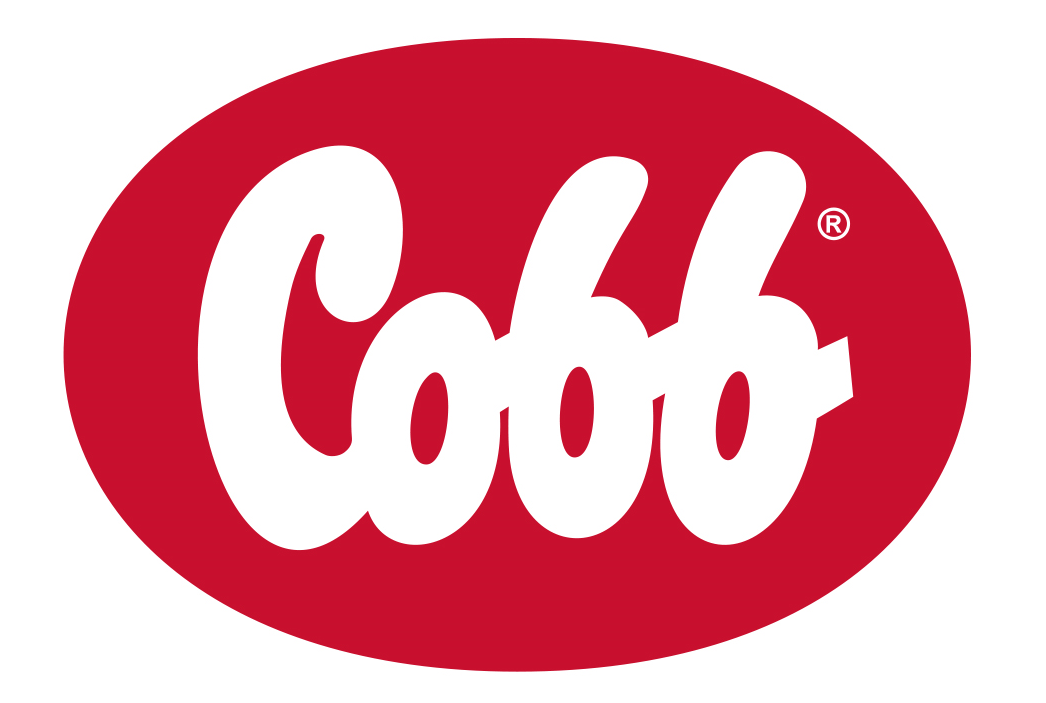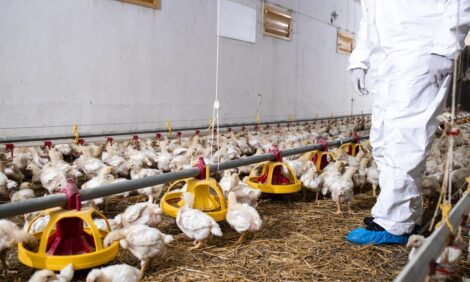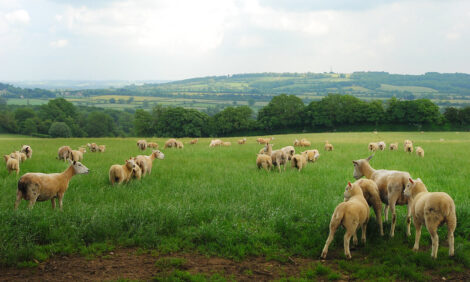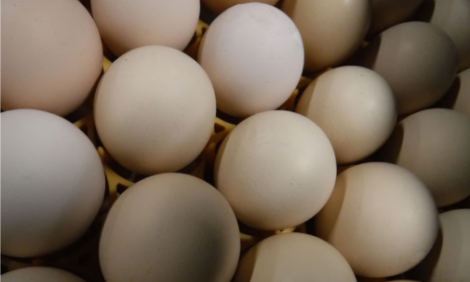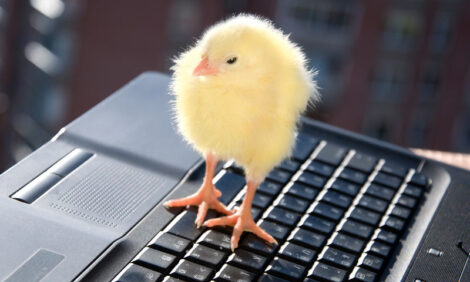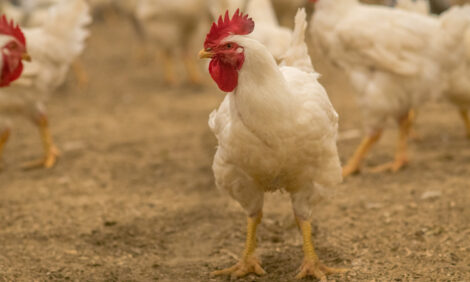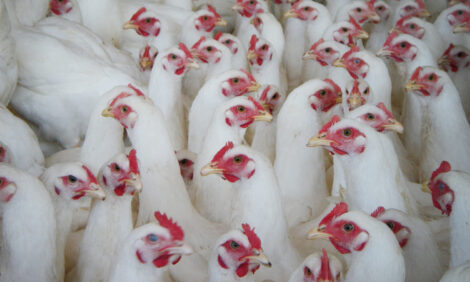



Cobb Breeder Management Guide: Water management
Learn more about drinker heights and mineral contentPart of Series:
< Previous Article in Series Next Article in Series >
Editor's note: This article is an excerpt from the Cobb Breeder Management Guide and additional articles will follow. The Guide was designed to highlight critical factors that are most likely to influence flock performance. The management recommendations discussed were developed specifically for Cobb products. The recommendations are intended as a reference and supplement to your own flock management skills so that you can apply your knowledge and judgement to obtain consistently good results with the Cobb family of products. To read or download the complete Guide or to view Cobb's other management guides, click here.
It is essential to provide easy access to fresh, clean water from day old so that feed intake and growth are maintained.
- The primary drinking system may be either bell or nipple drinkers.
- Bell drinkers should be installed at the rate of one per 75 females in rearing and production.
- Nipple drinkers should be installed at the rate of 8 to 10 females per nipple for rearing and production.
- It is very important to install the correct nipple type. Day old chicks need 360⁰ nipples with a pin that is long enough and easily activated - dynamic or sideways activation of 2 g of force.
- In brood/grow/lay houses, the nipples should be a 360º dynamic nipple and never a static nipple. Static nipples can only be pushed up to access water and are difficult for chicks to activate in the first week.
- Nipple drinkers are the system of choice in most rearing and production houses due to their ease of operation, cleanliness and dryer litter condition.
- If bell drinkers are used in rearing continue with bell drinkers in production. Never go from bell drinkers in rearing to nipples in production. The opposite is possible (going from nipples in rearing to bell drinkers in production). It is always better to have the same system in rearing and production to prevent stress and acclimation problems.
- In a rearing house, 12 to 14 m (39.3 to 45.9 ft) wide, a maximum of 3 nipple lines should be installed with a 20 cm (7.9 in) nipple spacing. In rearing do not install too much drinker capacity. It is important to promote breeder activity. Too many drinker lines encourage lazy hens and can increase floor eggs in production.
There are currently 2 nipple configurations on the market, one with and one without drip cups. Drip cups offer the advantage of visual assessment of pressure. Too much water in the drip cups indicates pressure is too high or the nipple line is too low. A moist drip cup indicates the pressure is correct and a dry drip cup indicates that the nipple is not working.
Nipple types have 2 different manufacturing options:
Stamped nipples - less expensive and considerably lower in quality. More leaking issues and often more difficult to activate by day old chicks.
Turned nipples - higher quality than standard nipples due to more precise machining and an easier nipple pin to activate.
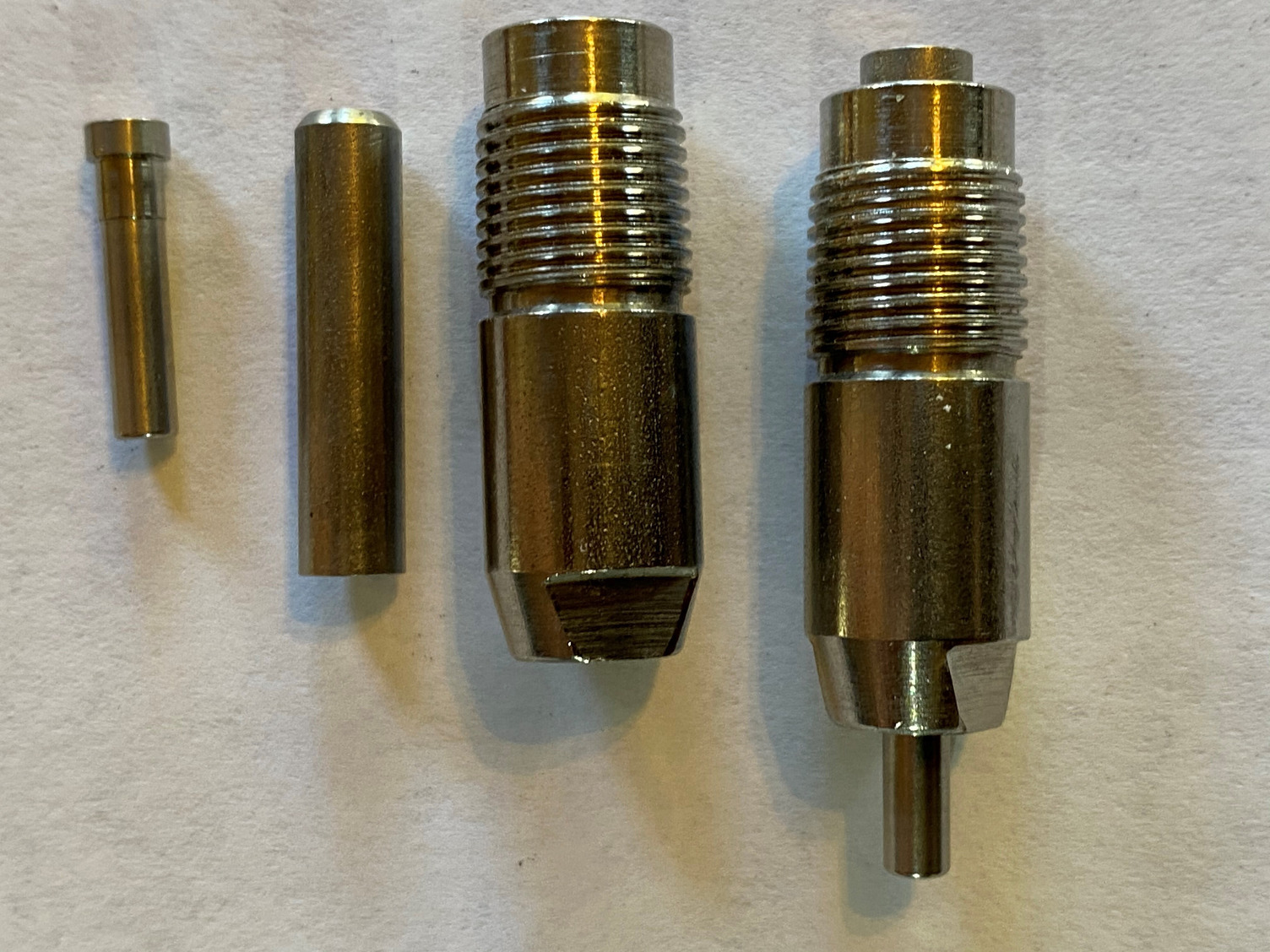
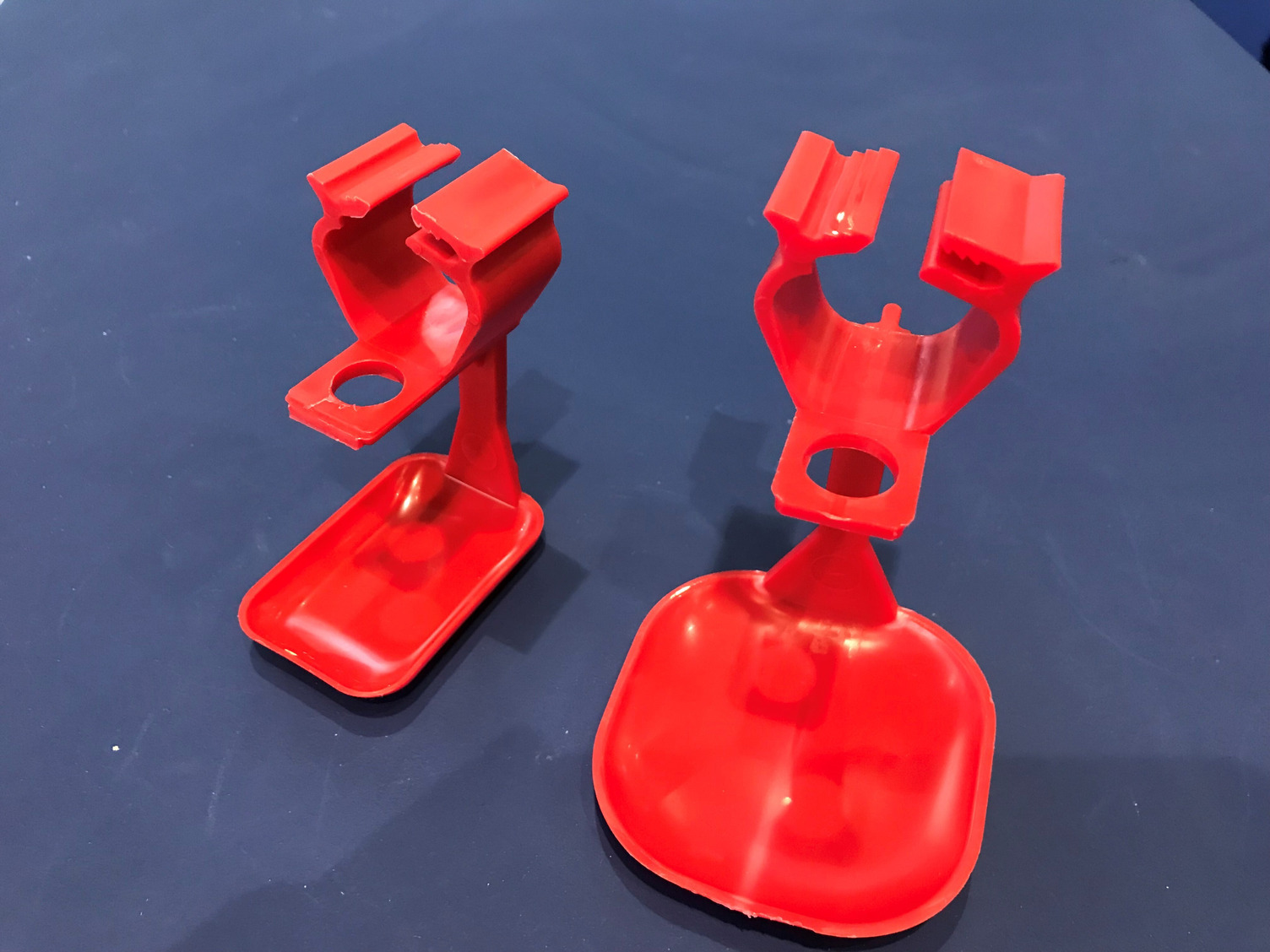
Drinker height recommendations
Adjust drinker height as the birds grow so they stretch their neck slightly and should never have to lower their heads to drink. Birds should never have to jump to reach water. They should be able to drink with their feet flat on the floor.
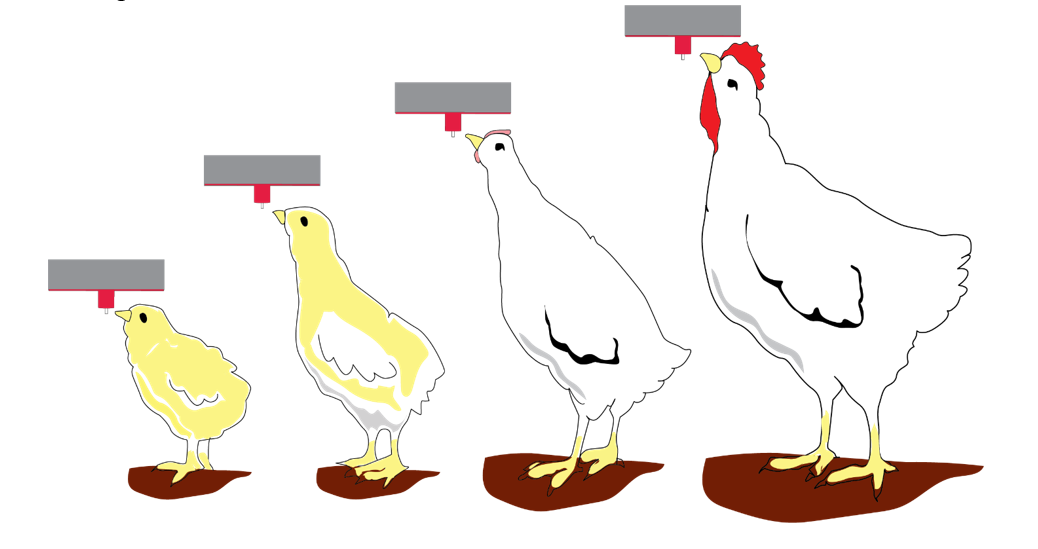
Mineral content
Although breeders are tolerant of higher levels of some minerals, (calcium and sodium, for example), they are very sensitive to the presence of others. Iron and manganese tend to give water a bitter taste that may decrease consumption. In addition, these minerals support the growth of bacteria. If iron is a concern, filtration systems and chlorination are effective controls. It is advisable to filter the water supply using a filter with a mesh of 40 to 50 microns. The filter should be checked and cleaned at least weekly.
Calcium and magnesium in the water are measured by hardness. These minerals in combination can form scale or deposits that will compromise the effectiveness of a drinker system. This is especially true of closed drinker systems. Water softeners can be incorporated into a system to mitigate calcium and magnesium impacts. However, sodium levels should be assessed before a salt-based, water softener product is used.
Breeder performance can be impeded by as little as 10 ppm of nitrates. Unfortunately, there are currently no cost-effective options for nitrate removal from drinking water. Water should be tested for nitrates because elevated levels may indicate sewage or fertilizer contamination.
Oxidation-Reduction Potential (ORP) chlorination value
Another important factor is the ORP value of the water which refers to the property of chlorine sanitizers to be a strong oxidizer. A strong oxidizer kills and destroys viruses, bacteria and other organic material present, leaving water microbiologically safe. An ORP value in the range of 650 mV or greater indicates good quality water. The lower the value, such as 250 mV, indicates a heavy organic load that will most likely overwhelm the ability of chlorine to properly disinfect the water.
Chlorine
- Swimming pool chlorine test kits do not distinguish between free and bound chlorine. Although these test kits might indicate chlorine levels of 4 to 6 ppm, a heavy organic load could still be present with bound chlorine. In this case, there is no free chlorine available to act as a sanitizer.
- Chlorine is most effective when used in water with a pH of 5.0 to 6.5. This pH level results in a greater percentage of active hypochlorous ions which are a strong sanitizer.
- Inorganic acids such as sodium bisulfate reduce water pH without tainting the water.
- Free chlorine residual levels are not considered useful as sanitizers unless there is at least 85 % hypochlorous acid present.
The most common sources of chlorine include:
- Sodium hypochlorite (NaOCl, household bleach) increases water pH so it is a poor option as a water sanitizer.
- Trichlor (trichoro-s triazinetrione) which contains 90 % available chlorine and is in the form of tablets and slowly releases chlorine over time. These reduce water pH providing a good option as a water sanitizer.
- Chlorine gas is available as 100 % chlorine and is the purest form of chlorine, but it can be dangerous and is restricted in its use.
pH
- pH is the measure of how many hydrogen ions are in solution and is measured on a scale of 1.0 to 14.0 with 7.0 being neutral. A pH value below 7.0 indicates an acid while numbers above 7.0 indicates an alkaline.
- pH above 8.0 can impact taste by causing bitterness, thus reducing water consumption.
- High water pH can be reduced by using inorganic acids. Without proper water sanitation, organic acids can promote bacterial growth. Organic acids can also negatively affect water consumption and are discouraged.
- pH impacts water quality and the potential effectiveness of disinfectants such as chlorine.
- At a pH above 8.0, the chlorine is present mainly as chloric ions, which have very little sanitizing quality.
